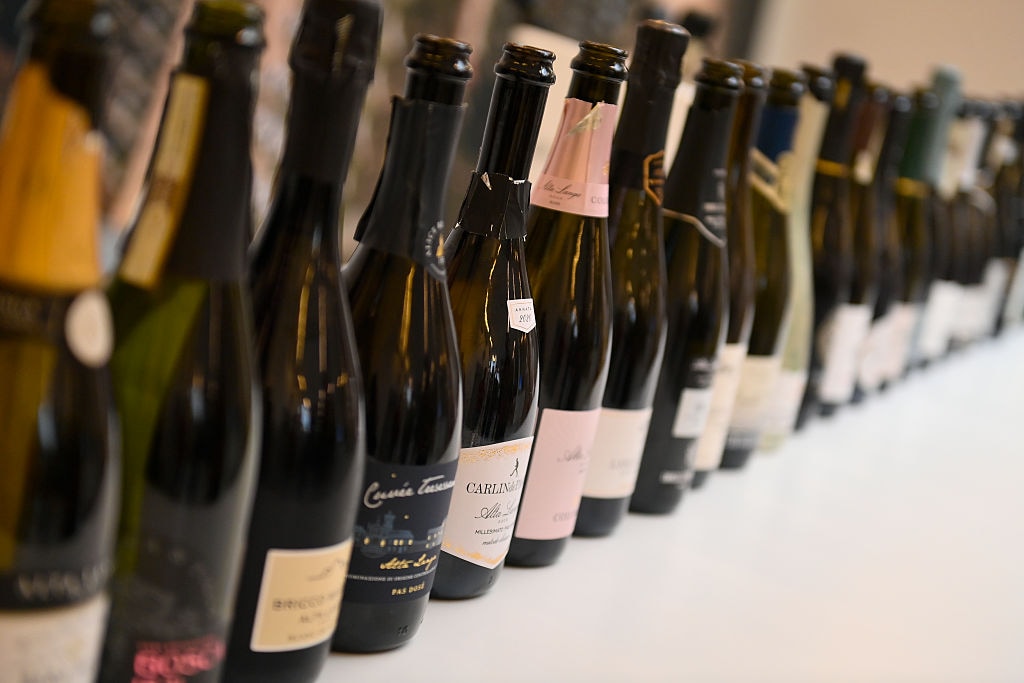From Pinot Noir to Rosado: How climate change is putting your favourite wine at risk

Whether it’s the refined Pinot Noir of Burgundy or the crisp Rosado of Rioja, Europe’s legendary vineyards have long set the global benchmark for wine lovers. But this cherished legacy may be undergoing a dramatic transformation—courtesy of a changing climate.
A groundbreaking study by researchers at the University of British Columbia has revealed that France, Spain, and Italy—home to some of the world’s most celebrated wines—are experiencing a striking rise in temperatures during the critical grape-growing season. The consequences, scientists warn, could redefine how wine tastes, feels, and even looks.
The research team delved into the phenology of wine grapes—a scientific term for the seasonal cycles of growth and reproduction influenced by environmental conditions. Drawing from a rich dataset covering more than 500 grapevine varieties worldwide, they examined ten key climate indicators. These ranged from chilling lows during grapevine dormancy to punishing heat spikes during peak growth, as well as temperature and rainfall patterns during harvest.
Their analysis revealed Europe has endured the most profound climatic shift since the 1970s, with soaring heatwaves and a sharp uptick in days exceeding 35°C (95°F) during the growing season.
Some of Europe’s crown jewels in viticulture—such as Pinot Noir and Sancerre from France, Spain’s bold Rioja, and Italy’s Brunello di Montalcino—now face uncertain futures. Even the widely cultivated white wine grape Pinot Blanc, grown across France, Italy, Germany, and Austria, may no longer taste the way aficionados remember.
The implications are as sobering as they are startling. Warmer climates are pushing traditional winegrowing zones poleward, while long-established vineyards are yielding grapes that ripen more rapidly and pack more sugar. This, in turn, can produce wines that are sweeter, more alcoholic, and less acidic, potentially robbing them of the zest and freshness wine connoisseurs prize.
Moreover, vital components such as anthocyanins—the pigments behind red and purple hues in wines—are degrading under intense heat. Tannins, which lend texture and complexity to wine, may be underdeveloped if grapes are harvested too early in a bid to control sugar levels.
In their publication in PLOS Climate, the researchers stated, “Metrics of heat extremes for regions in Western/Southern Europe and in Eastern Europe showed by far the largest increases and suggest a new world of European winegrowing that has few parallels to European winegrowing of 40-50 years before. Europe's northern latitudinal location positions it for more extreme warming overall as northern latitudes warm the most. Our analyses highlight that Europe has experienced the most severe shift in summer heat – with days above 35°C and maximum temperatures most years now far outside of what was experienced before significant warming. Impacts of this new, hotter climate include lower grape yields, heat damage to berries and vegetation, and an industry that is rapidly working to adapt.”
Lead author Elizabeth Wolkovich said, “I was very surprised by the level of warming across the globe, but especially in Europe, where our results show clearly just how much the growing season has warmed with human-caused climate change. As someone who has visited Europe for over 15 years, I have witnessed the increasing heat waves, but seeing the data -- and how much change growers are facing -- was sobering and even higher than I expected.”